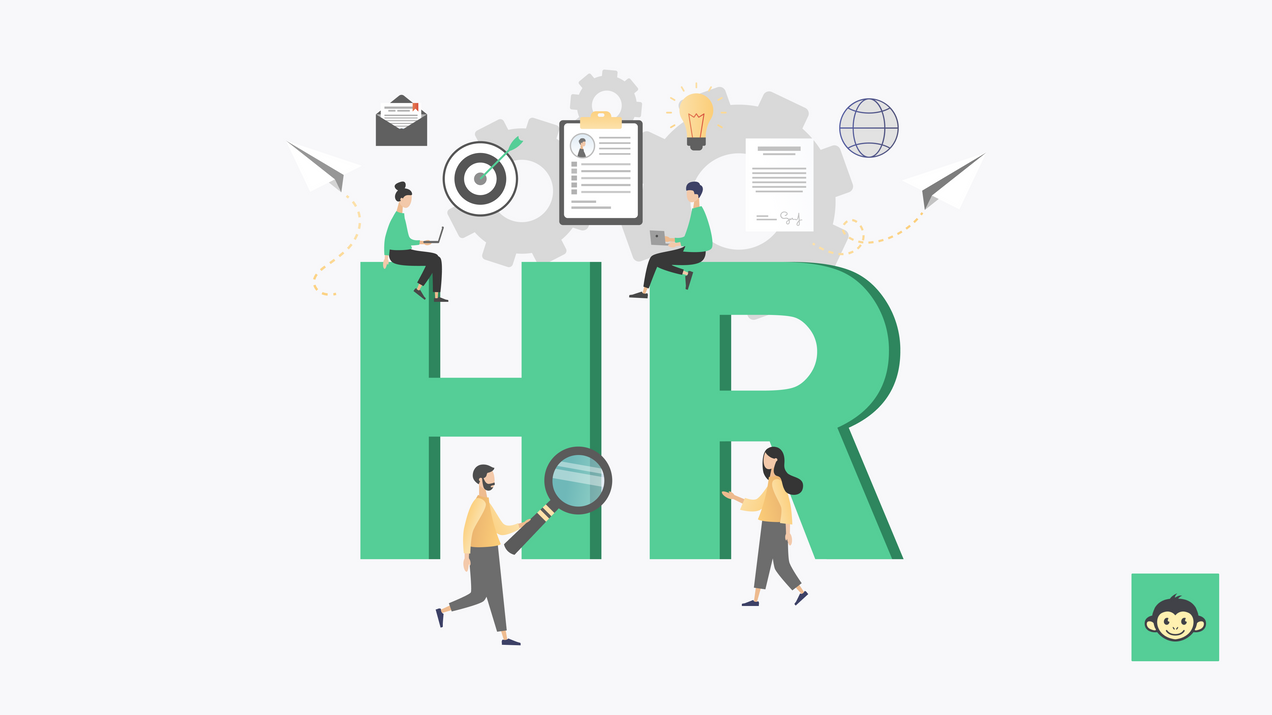Employee Engagement
How to engage employees the right way as a leader in 2024: A complete guide
Employee engagement goes beyond job satisfaction; it encompasses employees' emotional commitment and involvement toward their work and the organization. Engaged employees are more productive and contribute to higher retention rates, better customer service, and increased profitability.
Employee engagement action plan: Definition, examples, and best practices
An employee engagement action plan is the compass guiding organizations toward a motivated and thriving workforce. Explore examples and best practices to harness its transformative potential.
Effective employee engagement leadership to enhance your workplace in 2024
Do you think your company needs more leadership initiatives to improve employee engagement? Read the article to see how employee engagement leadership can significantly enhance workplace communication, development, sense of belonging, and objectives through employee feedback.
How allyship in the workplace can help you create an inclusive environment: Tips and examples
Allyship in the workplace refers to the practice of individuals, particularly those in positions of privilege and power, actively and empathetically supporting and advocating for their colleagues from marginalized or underrepresented groups.
How employee dissatisfaction impacts organizational growth: A guide for leaders in 2024
In 2024, grasping the impact of employee dissatisfaction is vital for leaders. Learn how proactive responses to employee concerns can boost engagement and productivity, driving sustainable growth and success.
45+ Work life balance survey questions: Measure workplace engagement
Work-life balance is a crucial driver of employee engagement, yet it is being overlooked by organizations in the hopes of driving more productivity. In that sense, measuring work-life balance is not only necessary for driving engagement but also to ensure employee wellbeing & boost retention.
What is employee voice? How can continuous listening improve employee engagement?
Think of employee voice as a place where employees are not just passive recipients of information but active contributors to every process. It goes beyond the traditional top-down approach where only senior levels make decisions encouraging a culture of openness and collaboration.
What is people science in HR? A complete guide to incorporating it into employee engagement
People science in HR is revolutionizing the way organizations understand and engage their employees. This complete guide delves into the concept of people science, explaining its principles and importance in HR practices. By leveraging data companies can create effective engagement strategies.
Lazy workers in a workplace: Top signs and strategies to engage them at work
Lazy workers are individuals who exhibit a lack of motivation, diligence, or responsibility in their job roles. They often engage in behaviours that minimize their workload, such as procrastinating, delegating their tasks to others, or avoiding tasks altogether.
What is employee engagement data: How to measure engagement the right way?
Examine the intricate world of employee engagement data, where understanding, measuring, and improving employee satisfaction is not just a concept but a strategic reality. This comprehensive guide takes you on a journey from deciphering the intricacies of engagement data to implementing strategies.
What is social loafing at work: Causes and top strategies to curb it as a leader in 2024
Social loafing is a phenomenon in which individuals exert less effort when working collectively on a task than they would if they were working alone. This concept emerged from the field of experimental social psychology itself, highlighting the impact of group dynamics on individual behavior.
Employee engagement checklist: 10 Best steps and purpose to create one in 2024
An employee engagement checklist is a structured tool used by organizations to ensure that they are implementing and maintaining effective practices to keep employees engaged and motivated. It serves as a guide to systematically track and measure the various components that contribute to engagement.
5 Ways to keep employees engaged and productive in 2024
Looking for ways to keep your employees engaged and productive? Discover five proven strategies that can enhance motivation, job satisfaction, and overall performance within your organization. From fostering a positive work environment to providing opportunities for growth and recognition.
What are the 5 c's of employee engagement: Ways to cultivate a culture of success
Employee engagement is poised to become the cornerstone of company culture in 2024 and beyond, driven by evolving workplace dynamics and the increasing emphasis on employee well-being. This makes it extremely crucial to know about the different aspects that make up engagement in a workplace.
13 Best QuestionPro survey tool alternatives and competitors to try in 2024
Exploring alternatives to the QuestionPro survey tool? This guide comprehensively examines various survey tools available, highlighting their unique features, benefits, and how they stack up against QuestionPro. Discover the best options to enhance your employee feedback collection.
How does recognition impact employee engagement and retention in the workplace?
Employee recognition is the acknowledgment of an individual or team's efforts, achievements, and contributions within an organization. This recognition can take various forms, ranging from formal awards and bonuses to informal gestures such as verbal praise and handwritten notes.
17 Gamification examples to boost employee engagement and morale in 2024
Gamification for employee engagement refers to the strategic use of game design principles and mechanics to enhance the involvement, motivation, and satisfaction of employees within an organization. It involves the application of game-like elements, such as challenges, rewards, and more.
What is a sustainable workplace culture: How it impacts your workplace engagement in 2024
oin us as we explore the power of sustainable workplace culture in 2024. From boosting team morale to making eco-friendly choices, discover how small changes in the workplace and everyday activities can create a big impact on your employees, your suppliers, stakeholders and the environment.
Unlocking employee potential: How technology transforms workplace culture in 2024
Discover how the latest technological advancements are reshaping the workplace, enhancing productivity, and elevating employee morale. Learn how these tools and strategies create a dynamic culture of continuous growth and engagement, unlocking the true potential of your team in 2024.
35+ HR tools growing companies must use
Empower your growing business with the ultimate HR toolset! Explore 35+ essential tools for seamless recruitment, dynamic employee management, robust engagement, and compliance. Stay ahead in the competitive market by leveraging these innovative solutions tailored to fuel your company's journey.
15 Best Qualtrics engagement software alternatives & competitors to try in 2024
Exploring Qualtrics employee experience alternatives can help your organization find the best fit for your needs. Whether you're looking for more customization, better pricing, or advanced features, this blog will guide you through the top options to enhance your employee engagement.
What is employee empowerment: Definition, importance, and best practices
Unlock the potential of your workforce with employee empowerment. Explore its definition, understand its importance, and gain insights into best practices for creating a culture of empowerment in your workplace.
How to measure your employee engagement success: A complete guide to evaluating engagement initiatives
Measuring to improve your employee engagement numbers is a task your org should be prioritizing. From enhancing productivity to fostering a positive culture, discover the benefits of engaged employees in this blog.
Employee engagement in the construction industry: A complete guide for 2024
From fostering effective communication and recognition to providing growth opportunities, our platform ensures a motivated and cohesive workforce. Explore the benefits of prioritizing employee engagement in the dynamic environment of the construction industry.
























